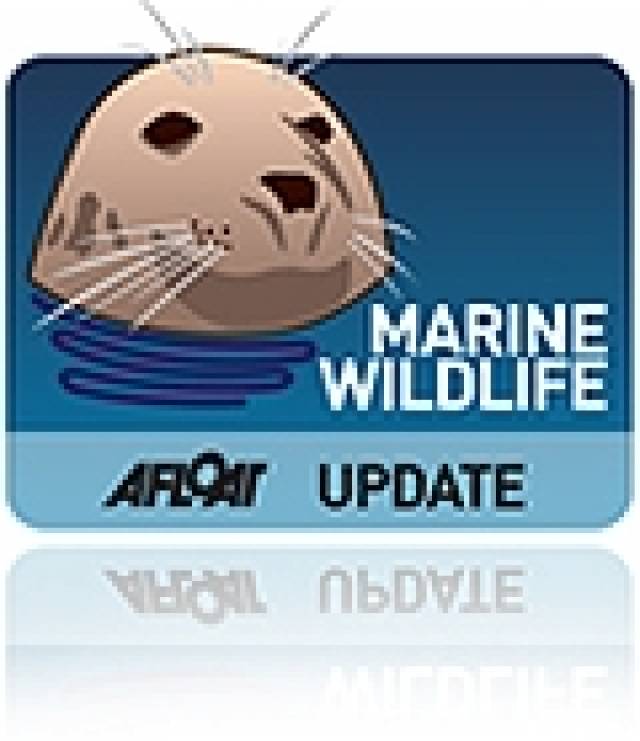#NativeSpecies - Inland Fisheries Ireland says it welcomes the publication of an important scientific paper relating to one of Ireland’s key angling species – pike.
Long thought to have been introduced to Ireland in the last few hundred years, the new research shows that the colonisation history of pike (Esox lucius) is more complex, with an indication that they may have colonised naturally some thousands of years ago.
Computer modelling of genetic data has indicated that the species probably colonised Ireland in two waves. The first occurred approximately 8,000 years ago, close to the end of the Ice Age, and the second occurred approximately 1,000 years ago, with the Normans.
This provides for the first time evidence for natural colonisation of a freshwater fish to the island of Ireland.
Minister of State Fergus O’Dowd said he welcomed the findings, and commended "the excellent collaboration between UCD and Inland Fisheries Ireland, who have recently signed a MOU to support this type of ground-breaking research”.
Dr Cathal Gallagher, head of research and development at IFI, said: “These important results will influence IFI’s ongoing management strategy for this species.
"Further investigations, using new and developing genomic techniques, will be used to endorse these findings.”
Lead author Debbi Pedreschi added that “what was really intriguing was how the examination of genetic material allowed us to build a hypothesis, which was then found to fit extremely well into the historical and archaeological background.”
Dr Mary Kelly-Quinn, who was co-supervisor of the project, said: “Debbi’s results will challenge us to consider the future management of this species and marks a significant contribution of a young researcher in this area.”
Prof Stefano Mariani, now at the University of Salford, believes that this investigation embodies the nature of conservation biology.
“We should always question long-held assumptions, and examine the best available evidence," he said. "At this point, it would be irresponsible to ignore these strong patterns of pike diversity, but we are also keen to investigate this further and provide a more exhaustive picture."
The study was conducted in partnership with UCD's School of Biology & Environment Science, and with support from the Irish Federation of Pike Angling Club and the University of Salford, under the co-supervision of Prof Mariani. The paper will be available online on Friday 18 October.
































































